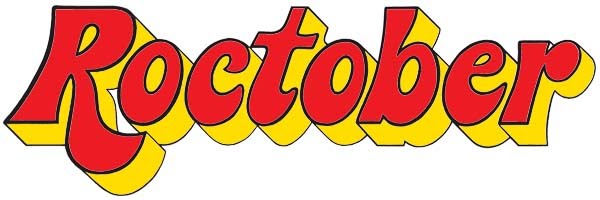(Guest Review by RObert Dayton) (Abrams Comicarts) Art Out Of Time was an incredibly important and absolutely awe-striking book containing examples of comic art stories that would literally transport the reader out of time and leave them wanting more. And more they did. Collections of Fletcher Hanks, Boody Rogers, Rory Hayes, Gene Deitch, and Herbie soon followed (and, hopefully, we’ll one day get a collection of Dick Briefer’s Frankenstein).This new companion book Art In Time does exactly that. It keeps you in time. There’s just not nearly as much ‘wow factor’ as its’ predecessor. Much of this collection, while still rejecting the notion of a comics canon, is of genre work in the adventure, detective, hero, and sci-fi comic fiction molds- with some drippy hippy stuff thrown in to boot. Much of it is technically well-crafted and/or stylistically interesting. This might not convert the uninitiated but there are some tantalizing bits for comics fanciers.
Original Wonder Woman artist (for seventeen years!) H.G. Peters has a slightly Victoriana-bent to his style yet also heaps on the dynamism with his loose brush. His character Man O’Metal only turns metal when exposed to fire or electricity so numerous freak accidents occur on every second page: exploding light bulb, cigar snubbed out in his eye, whirring metal blades catching on each other and causing sparks. Oh, he also becomes shirtless upon transformation. Art In Time also has some great examples of John Stanley’s rare horror work with some crazy twist endings.
Though it just doesn’t compare with Art Out Of Time, this is a good book. The editorial choices of selections leave you feeling satisfied, like you’ve been given just enough.












